A blanket of dangerous haze covered Mexico City this week. The concentration of small particulate matter in the city’s air hit levels about six times higher than the healthy daily limit set by the World Health Organization, the Washington Post reports.
Because the city, which is home to roughly 21 million residents, is both densely populated and surrounded by mountains, pollution and contaminants are more easily trapped there.
The smoky haze is the result of repeated forest fires, dry heat, and little wind during the country’s dry season. According to Mexican authorities, hundreds of forest fires have occurred around the capital, some of which were from residents performing controlled brush burnings on rural land.
High levels of small particulate matter can be particularly dangerous for health. Because they are so small, they can be inhaled and become lodged deep within the lungs. High levels of ozone (a part of smog that can damage healthy respiration), likely as a result of vehicle or industrial emissions, have also been detected.
On Thursday, the Mexican government took steps to limit residents’ exposure by closing primary schools and limiting public works projects, according to the Post. Authorities advised parents to close windows and keep children indoors. City officials on Wednesday also upped restrictions on the number of polluting vehicles allowed to drive in the city, according to the Wall Street Journal.
In addition, a semifinal soccer match scheduled for Wednesday in Mexico City’s Aztec Stadium was rescheduled for Thursday in a stadium in Querétaro, a city located roughly 130 miles away, the Journal reports.

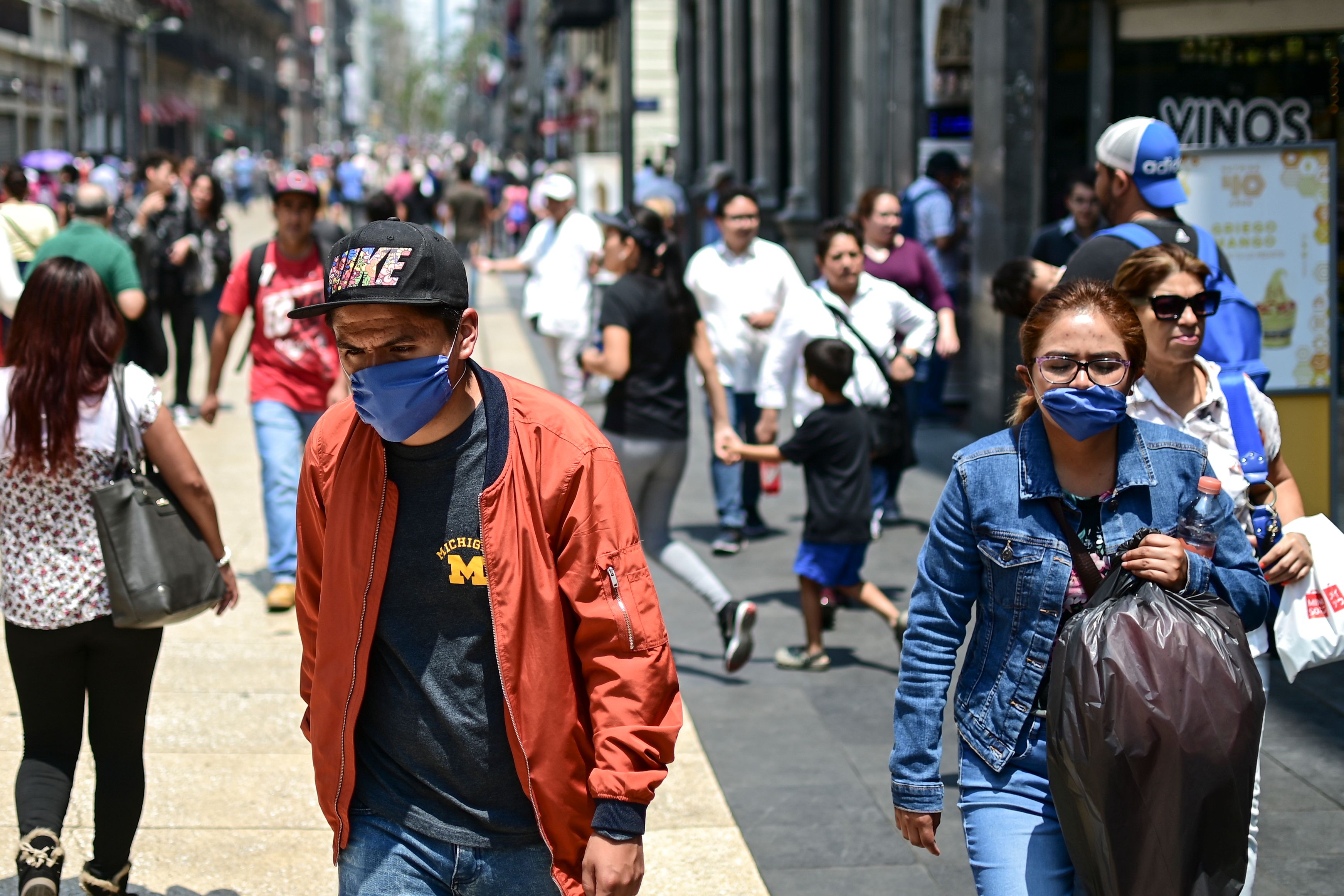
(Photo: Pedro Pardo/AFP/Getty Images)
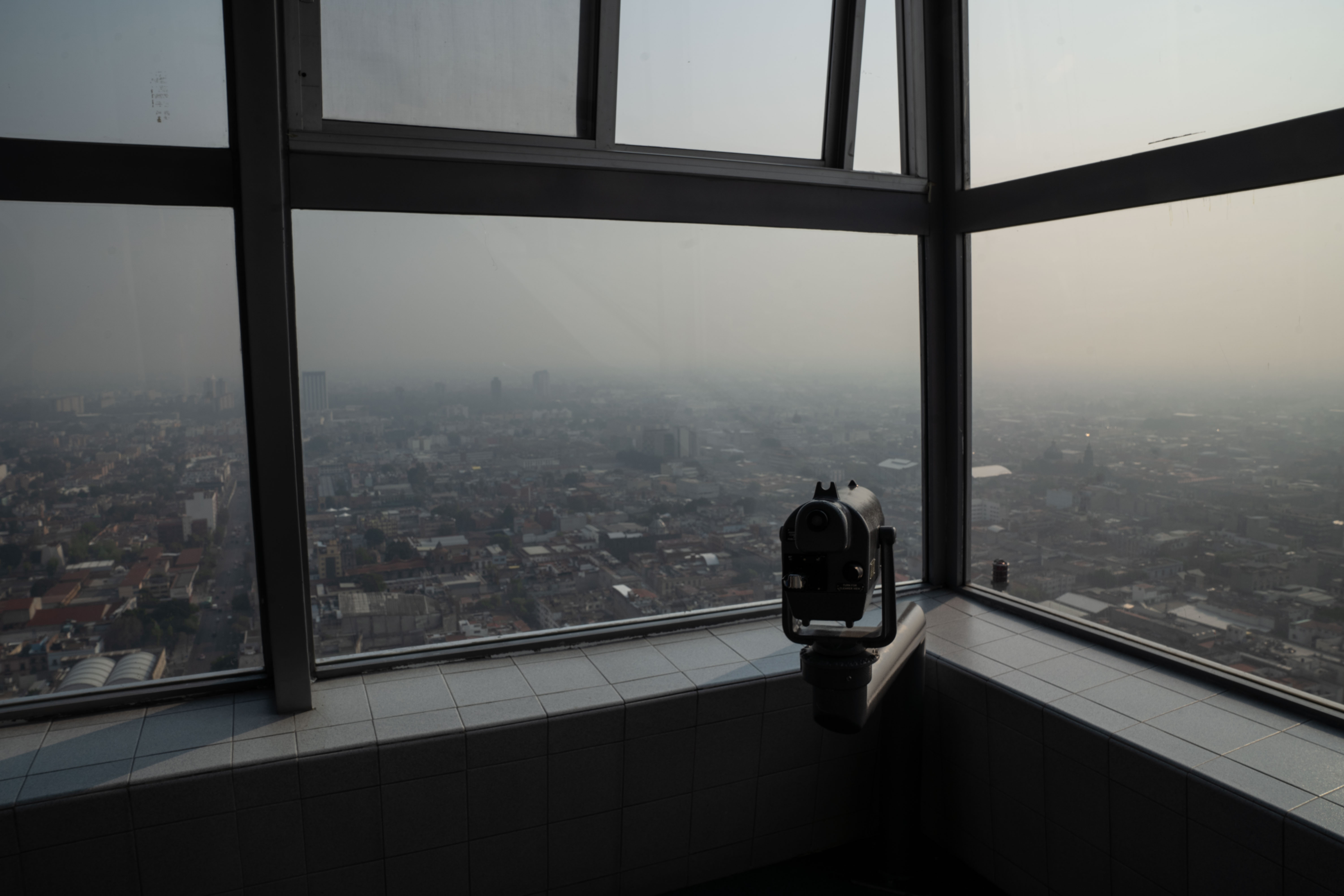
(Photo: Toya Sarno Jordan/Getty Images)
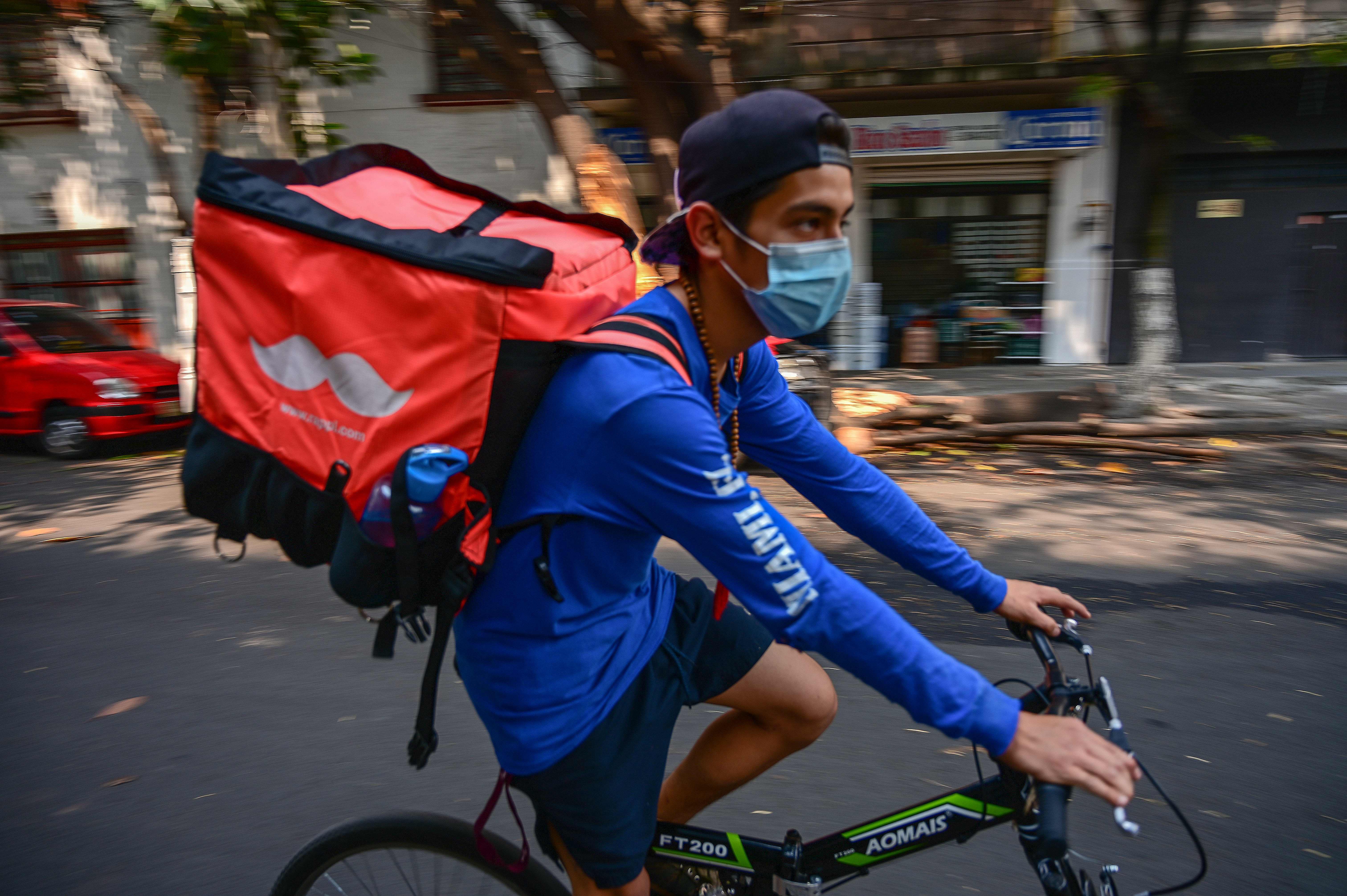
(Photo: Pedro Pardo/AFP/Getty Images)
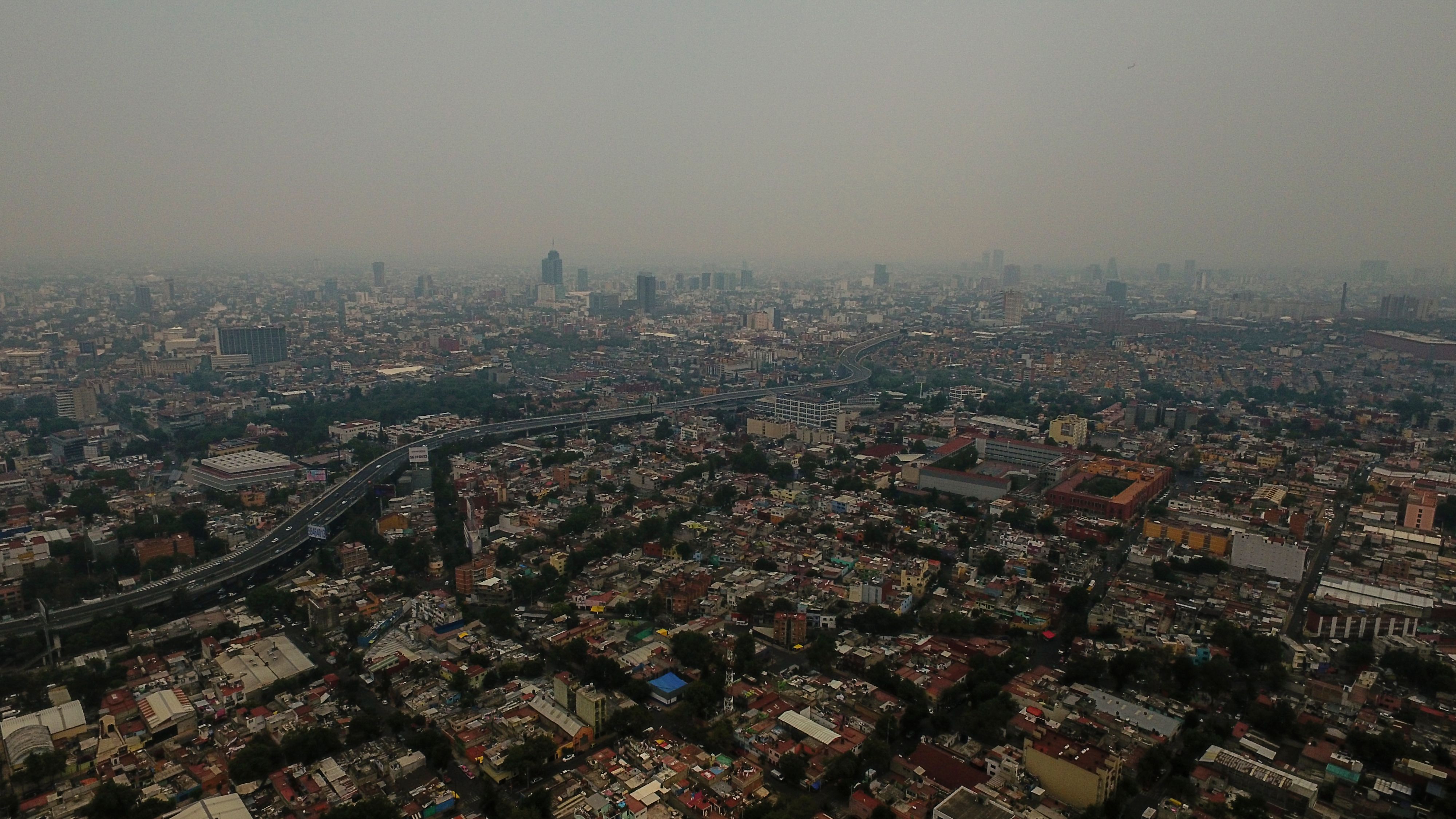
(Photo: Pedro Pardo/AFP/Getty Images)
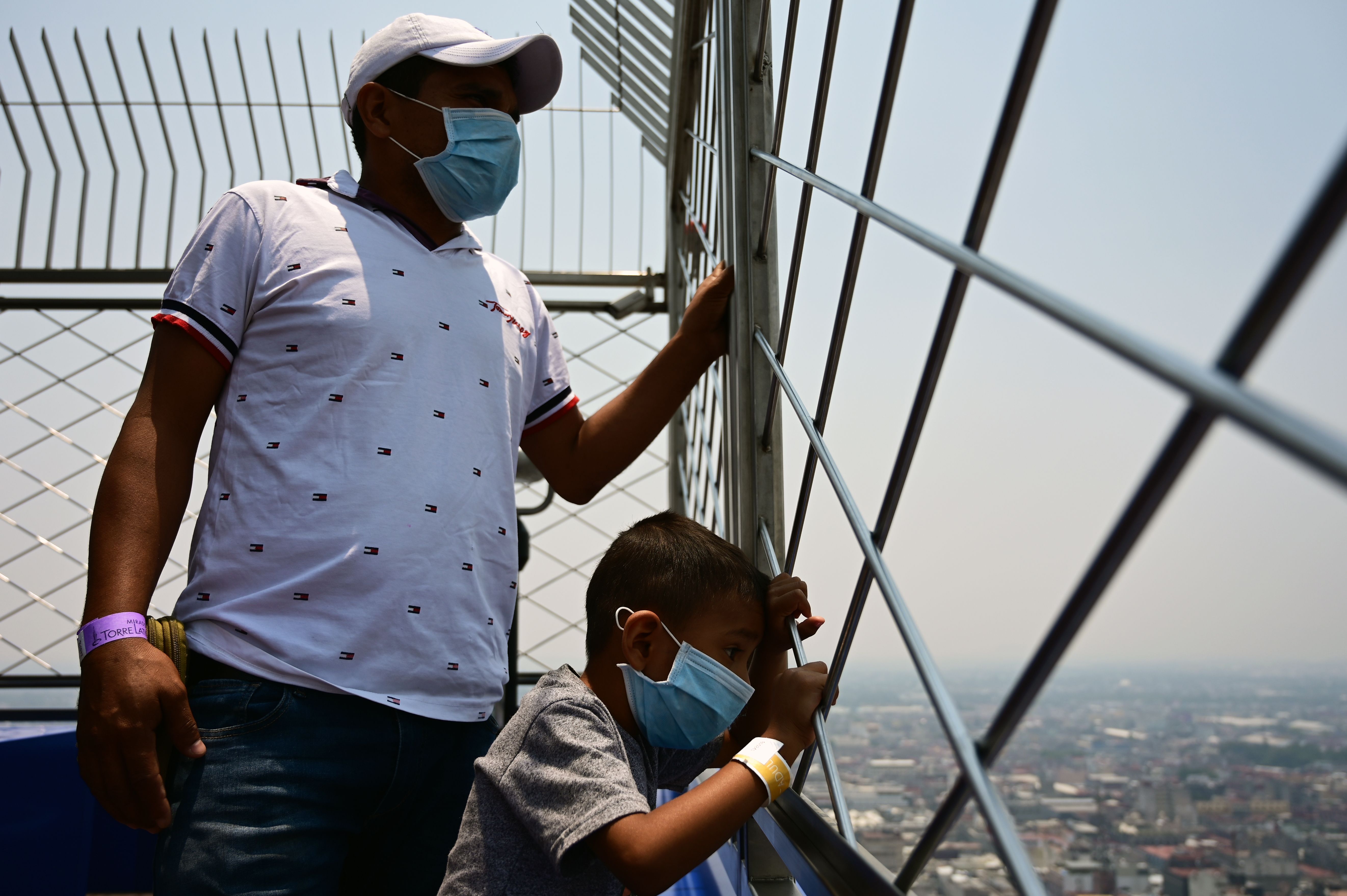
(Photo: Pedro Pardo/AFP/Getty Images)
More From Pacific Standard on Pollution
- Unhealthy Air and Hazy Skies: How Pollution Is Affecting National Parks
- Wildfire Is Ruining California’s Air
- A Clever New NRDC Map Shows Which Chicago Neighborhoods Are Most at Risk From Pollution
- How Humanity Can Solve Our Air Pollution Crisis
- Silent Killer: In London, Air Pollution Has Become a Matter of Life and Death




